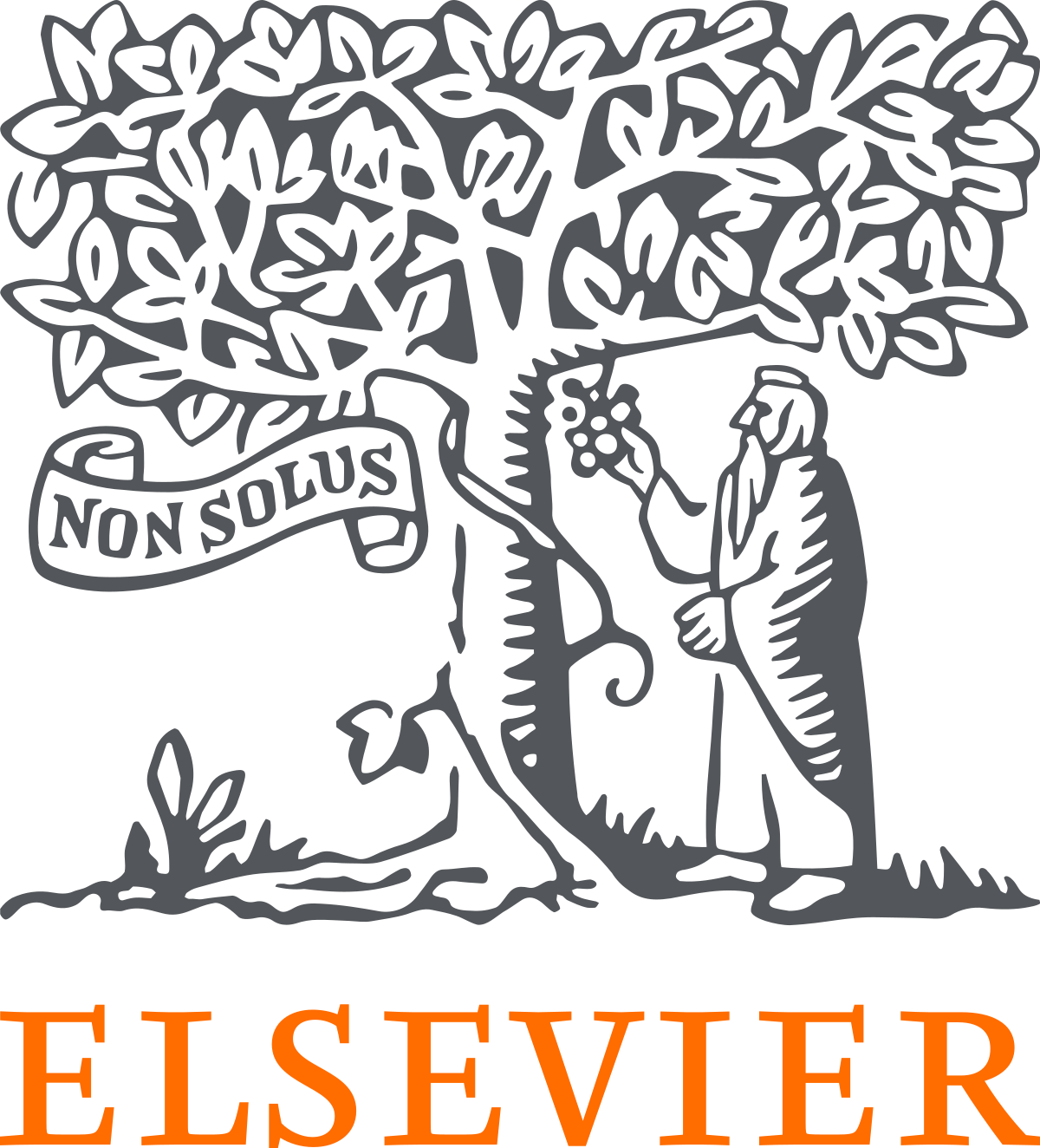Innovative Solutions in Engineering through Intelligent Systems Integration
Keywords:
Intelligent Systems Integration, Engineering Innovation, Artificial Intelligence, Cyber-Physical Systems, Internet of Things, System Interoperability, Smart EngineeringAbstract
The fast development of intelligent systems, in the perspective of Artificial Intelligence (AI), Internet of Things (IoT) and Cyber-Physical Systems (CPS), has transformed the scope of engineering. This paper focuses on how intelligent systems are integrated into engineering procedures and practices to deliver creative solutions in domains that range from manufacturing to infrastructure, transportation, and energy. We emphasize upon the role of system interoperability, data-driven decisions, and automation to improve efficiency, accuracy, and sustainability. Using a mixed method approach through literature synthesis, system’s modeling, and simulation testing, the study proposes a framework for intelligent systems integration and proves that in case-based applications. Results show that integrated intelligent systems far exceed traditional engineering setups in the aspects of cost-efficiency, flexibility, and reliability in performance. The future research directions on the scalable and ethically responsible engineering innovation are outlined in the end of the paper.
Downloads
References
W. Shen et al., “Systems integration and collaboration in architecture, engineering, construction, and facilities management: A review,” Advanced Engineering Informatics, vol. 24, no. 2, pp. 196–207, Oct. 2009, doi: 10.1016/j.aei.2009.09.001.
L. Zhuhadar, E. Thrasher, S. Marklin, and P. O. De Pablos, “The next wave of innovation—Review of smart cities intelligent operation systems,” Computers in Human Behavior, vol. 66, pp. 273–281, Oct. 2016, doi: 10.1016/j.chb.2016.09.030.
M. Tavakoli, J. Carriere, and A. Torabi, “Robotics, smart wearable technologies, and autonomous intelligent systems for healthcare during the COVID‐19 Pandemic: an analysis of the state of the art and future vision,” Advanced Intelligent Systems, vol. 2, no. 7, May 2020, doi: 10.1002/aisy.202000071.
K. Shafique, B. A. Khawaja, F. Sabir, S. Qazi, and M. Mustaqim, “Internet of Things (IoT) for Next-Generation Smart Systems: A review of current challenges, future trends and prospects for emerging 5G-IoT scenarios,” IEEE Access, vol. 8, pp. 23022–23040, Jan. 2020, doi: 10.1109/access.2020.2970118.
D. Zhu, Q. Bu, Z. Zhu, Y. Zhang, and Z. Wang, “Advancing autonomy through lifelong learning: a survey of autonomous intelligent systems,” Frontiers in Neurorobotics, vol. 18, Apr. 2024, doi: 10.3389/fnbot.2024.1385778.
E. Ntoutsi et al., “Bias in data‐driven artificial intelligence systems—An introductory survey,” Wiley Interdisciplinary Reviews Data Mining and Knowledge Discovery, vol. 10, no. 3, Feb. 2020, doi: 10.1002/widm.1356.
D. Y. Pimenov, A. Bustillo, S. Wojciechowski, V. S. Sharma, M. K. Gupta, and M. Kuntoğlu, “Artificial intelligence systems for tool condition monitoring in machining: analysis and critical review,” Journal of Intelligent Manufacturing, vol. 34, no. 5, pp. 2079–2121, Mar. 2022, doi: 10.1007/s10845-022-01923-2.
Jedličková, “Ethical approaches in designing autonomous and intelligent systems: a comprehensive survey towards responsible development,” AI & Society, Aug. 2024, doi: 10.1007/s00146-024-02040-9.
Ghosal and S. Halder, “Building intelligent Systems for smart Cities: issues, challenges and approaches,” in Computer communications and networks, 2018, pp. 107–125. doi: 10.1007/978-3-319-76669-0_5.
S. T. H. Mortaji and M. E. Sadeghi, “Assessing the reliability of artificial intelligence systems: challenges, metrics, and future directions,” International Journal of Innovation in Management Economics and Social Sciences, vol. 4, no. 2, pp. 1–13, Jun. 2024, doi: 10.59615/ijimes.4.2.1.
Q.-S. Jia, H. Panetto, M. Macchi, S. Siri, G. Weichhart, and Z. Xu, “Control for smart systems: Challenges and trends in smart cities,” Annual Reviews in Control, vol. 53, pp. 358–369, Jan. 2022, doi: 10.1016/j.arcontrol.2022.04.010.
Vasanthanathan, S. Menaga, and K. Rosemi, “A Comprehensive Review of Smart Systems through Smart Materials,” Current Materials Science, vol. 12, no. 1, pp. 77–82, Apr. 2019, doi: 10.2174/2212797612666190408141830.
J. Reis, Y. Cohen, N. Melão, J. Costa, and D. Jorge, “High-Tech defense industries: Developing autonomous intelligent systems,” Applied Sciences, vol. 11, no. 11, p. 4920, May 2021, doi: 10.3390/app11114920.
J. Serey et al., “Framework for the Strategic Adoption of Industry 4.0: A focus on Intelligent Systems,” Processes, vol. 11, no. 10, p. 2973, Oct. 2023, doi: 10.3390/pr11102973.
S. Kate, V. Swami, S. Doiphode, and V. Singh, “Advanced Applications of Artificial Intelligent Systems in Civil Engineering: a review,” IOP Conference Series Earth and Environmental Science, vol. 822, no. 1, p. 012009, Jul. 2021, doi: 10.1088/1755-1315/822/1/012009.
Downloads
Published
How to Cite
Issue
Section
License

This work is licensed under a Creative Commons Attribution-ShareAlike 4.0 International License.
All papers should be submitted electronically. All submitted manuscripts must be original work that is not under submission at another journal or under consideration for publication in another form, such as a monograph or chapter of a book. Authors of submitted papers are obligated not to submit their paper for publication elsewhere until an editorial decision is rendered on their submission. Further, authors of accepted papers are prohibited from publishing the results in other publications that appear before the paper is published in the Journal unless they receive approval for doing so from the Editor-In-Chief.
IJISAE open access articles are licensed under a Creative Commons Attribution-ShareAlike 4.0 International License. This license lets the audience to give appropriate credit, provide a link to the license, and indicate if changes were made and if they remix, transform, or build upon the material, they must distribute contributions under the same license as the original.





